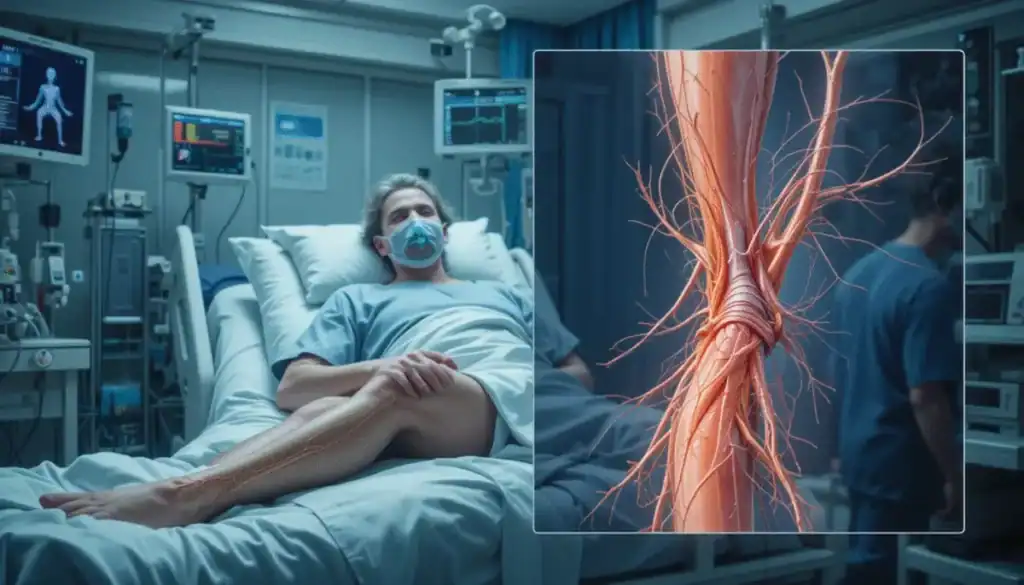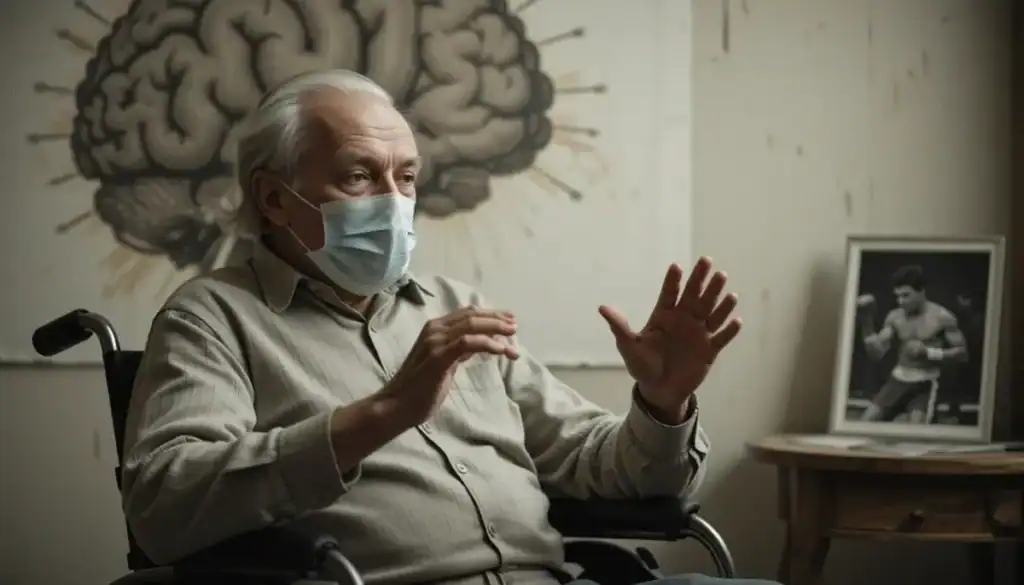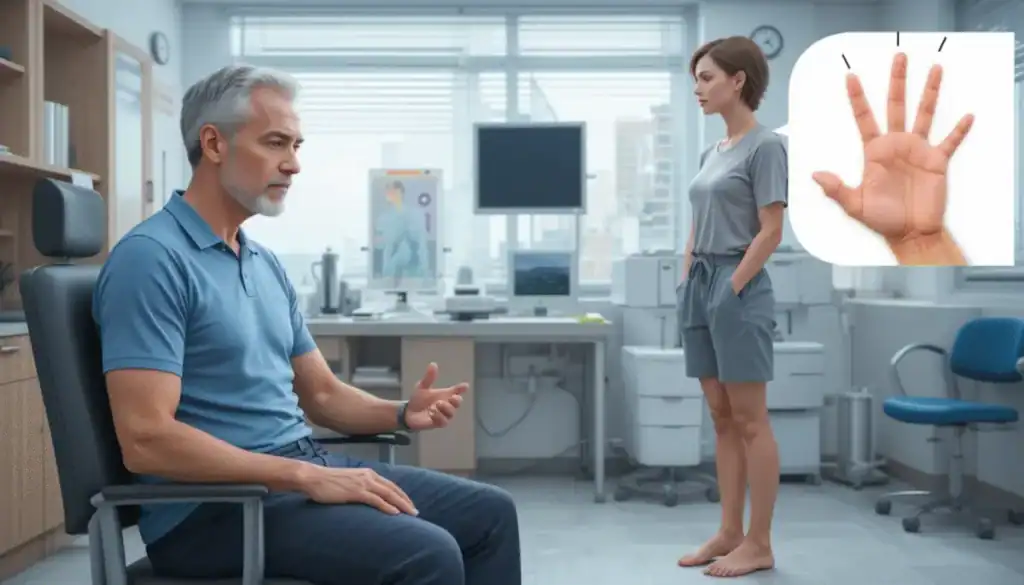Guillain-Barré Syndrome (GBS) is a rare but potentially life-threatening neurological condition in which the body’s immune system mistakenly attacks the peripheral nerves. It often follows a minor infection, such as a respiratory illness or diarrhea, and can result in rapid-onset muscle weakness, sensory disturbances, and even paralysis. This post explains GBS in detail, including its causes, pathophysiology, clinical features, subtypes, diagnosis, and treatment options.
🧬 What is Guillain-Barré Syndrome?
Guillain-Barré Syndrome is an acute immune-mediated polyneuropathy. The hallmark feature is ascending, symmetrical flaccid paralysis, often starting in the legs and progressing upwards.
How It Starts:
- A person gets an infection (respiratory or GI).
- The body forms antibodies to fight that infection.
- These antibodies mistakenly attack the myelin sheath of peripheral nerves.
- Resulting in slowed or blocked nerve conduction → motor weakness, sensory loss, and paralysis.
🦠 Common Triggers & Causative Pathogens
GBS is typically preceded by an infection within 2–4 weeks. Notable pathogens include:
| Pathogen | Typical Illness | Notes |
|---|---|---|
| Campylobacter jejuni | Bloody diarrhea | Most common trigger of GBS |
| Cytomegalovirus | Flu-like viral illness | Common in immunocompromised individuals |
| SARS-CoV-2 (COVID-19) | Viral respiratory illness | Documented cases with post-COVID GBS |
🧪 Pathophysiology: What Happens to the Nerves?
- Antibody-mediated segmental demyelination of peripheral nerves.
- Myelin sheath is damaged, reducing or halting nerve impulse transmission.
- In some cases, axonal damage may also occur.
- Affects motor, sensory, and autonomic fibers.
❗ Key Concept: Albuminocytologic dissociation in CSF – High protein, normal WBC count.
🧍♂️ Clinical Presentation
| Symptom | Description |
|---|---|
| Muscle Weakness | Symmetrical, ascending (legs → arms → face) |
| Reflex Loss | Diminished or absent deep tendon reflexes |
| Sensory Symptoms | Paresthesia, numbness in stocking-glove distribution |
| Autonomic Dysfunction | BP fluctuations, arrhythmias, urinary retention |
| Cranial Nerve Involvement | Bilateral facial palsy, dysphagia, weak gag reflex |
| Respiratory Muscle Involvement | Risk of respiratory arrest due to diaphragmatic paralysis |
🧬 GBS Subtypes (Variants)
1. Classic GBS (AIDP)
Ascending symmetric flaccid paralysis + areflexia.
2. Miller Fisher Syndrome
- Triad: Ophthalmoplegia, Ataxia, Areflexia.
- Often with facial nerve involvement.
3. AMAN (Acute Motor Axonal Neuropathy)
- Motor paralysis only (no sensory loss).
- Seen more commonly in Asia & Central America.
4. Multifocal Motor Neuropathy
- Asymmetrical motor weakness.
- Spares sensory fibers.
🧪 Diagnostic Workup
| Test | Findings |
|---|---|
| CSF Analysis | Elevated protein with normal cell count (albuminocytologic dissociation) |
| Nerve Conduction Studies | Slowed or blocked conduction (demyelination) |
| EMG | Reduced transmission from nerves to muscles |
| ECG Monitoring | Arrhythmias, signs of autonomic instability |
🛏️ ICU Admission Criteria
Admit to ICU if:
- Respiratory distress (e.g., RR > 30, SpO₂ < 90%)
- Cannot count to 15 in one breath
- Autonomic instability (BP or heart rate fluctuations)
- Bulbar dysfunction (gag/swallowing difficulty)
- Rising CO₂ (hypercapnia on ABG)
💉 Treatment Overview
✅ Supportive Care
- DVT prophylaxis: Low molecular weight heparin, compression stockings.
- Pain management: Gabapentin, NSAIDs, opioids (if severe).
- Ventilatory support if required.
✅ Immunomodulatory Therapy
| Therapy | Dosage/Approach | Notes |
|---|---|---|
| IVIG | 0.4 g/kg/day × 5 days | First-line; easier to administer |
| Plasmapheresis | 4–6 exchanges over 8–10 days | Equal efficacy, but more invasive |
🛑 Steroids are not effective in GBS.
⏳ Prognosis & Recovery
- 70–80% recover fully within 6 months to 1 year.
- Recovery often happens in reverse order: cranial nerves → arms → legs.
- 3–7% mortality (usually due to respiratory failure or arrhythmias).
- Key takeaway: Early detection + prompt immunotherapy = good prognosis.
🔍 Guillain-Barré vs Transverse Myelitis (Comparison)
| Feature | GBS | Transverse Myelitis |
|---|---|---|
| Onset | Post-infection | Post-infection |
| Sensory Level | Absent | Present |
| Bowel/Bladder Involvement | Rare | Common |
| Pain | Mild/absent | Severe (burning/stabbing) |
| Reflexes | Absent | Hyperreflexia possible |
🧠 Summary Checklist for GBS Management
✅ Recent infection
✅ Symmetrical ascending weakness
✅ Areflexia
✅ Autonomic instability
✅ Respiratory monitoring
✅ CSF: ↑ protein, normal WBC
✅ Early IVIG or plasma exchange
✅ No steroids
✅ ICU care if breathing, arrhythmia or bulbar signs present



